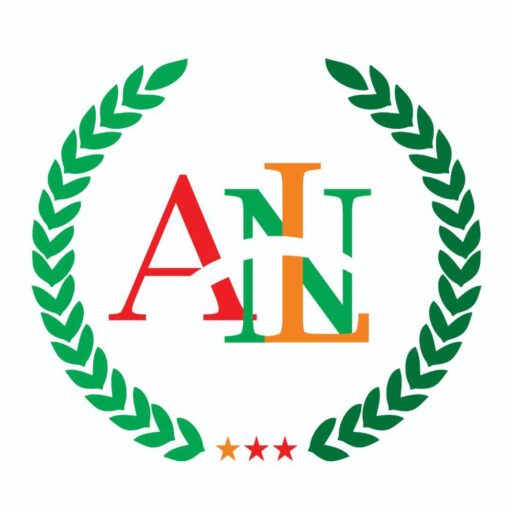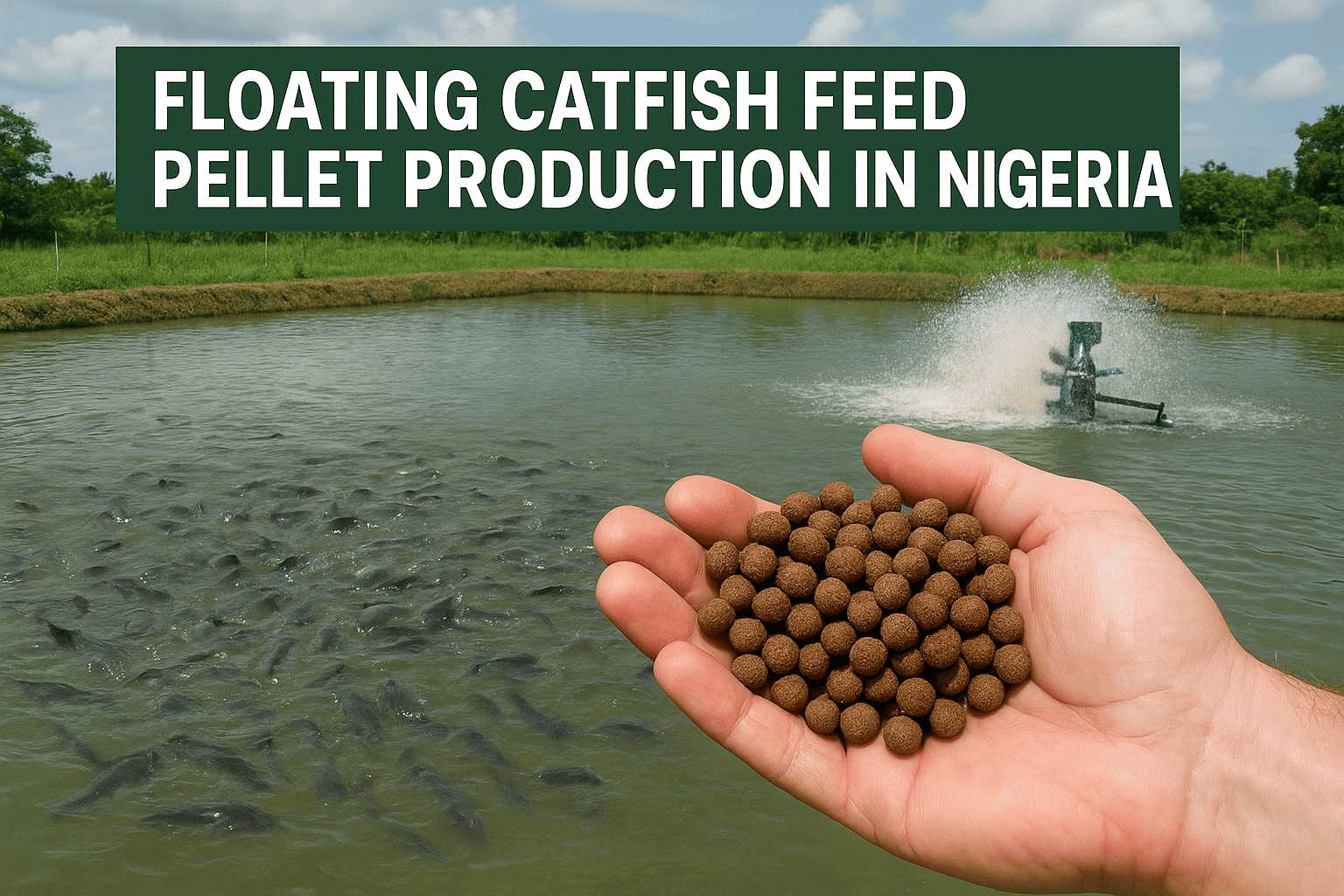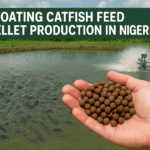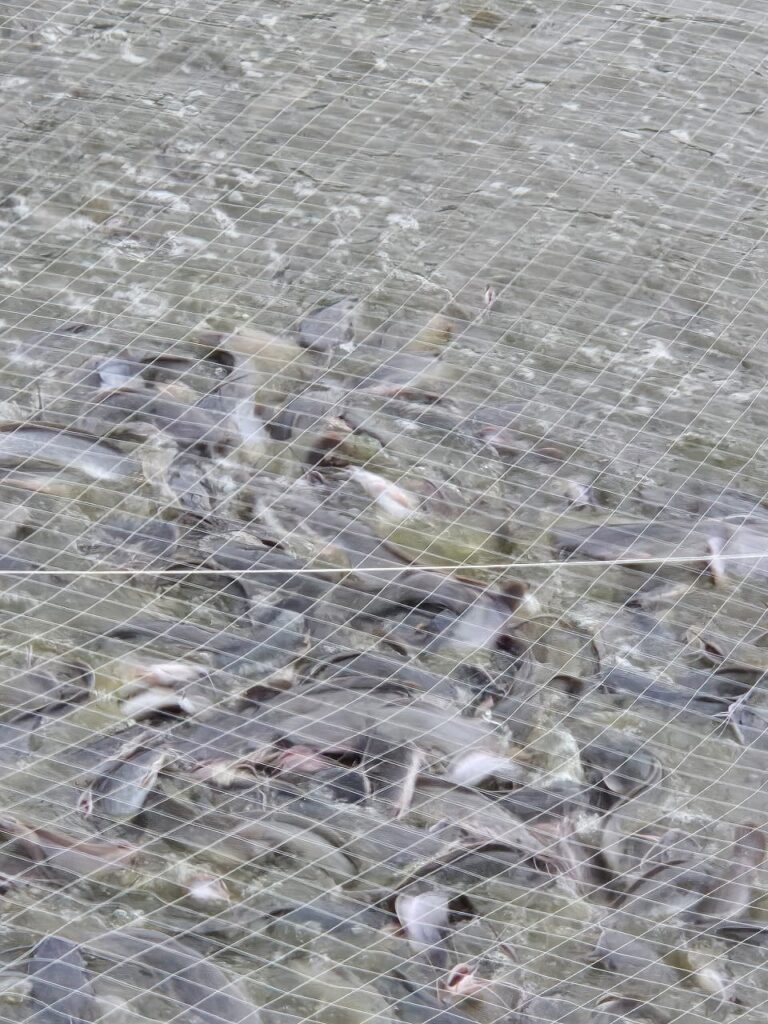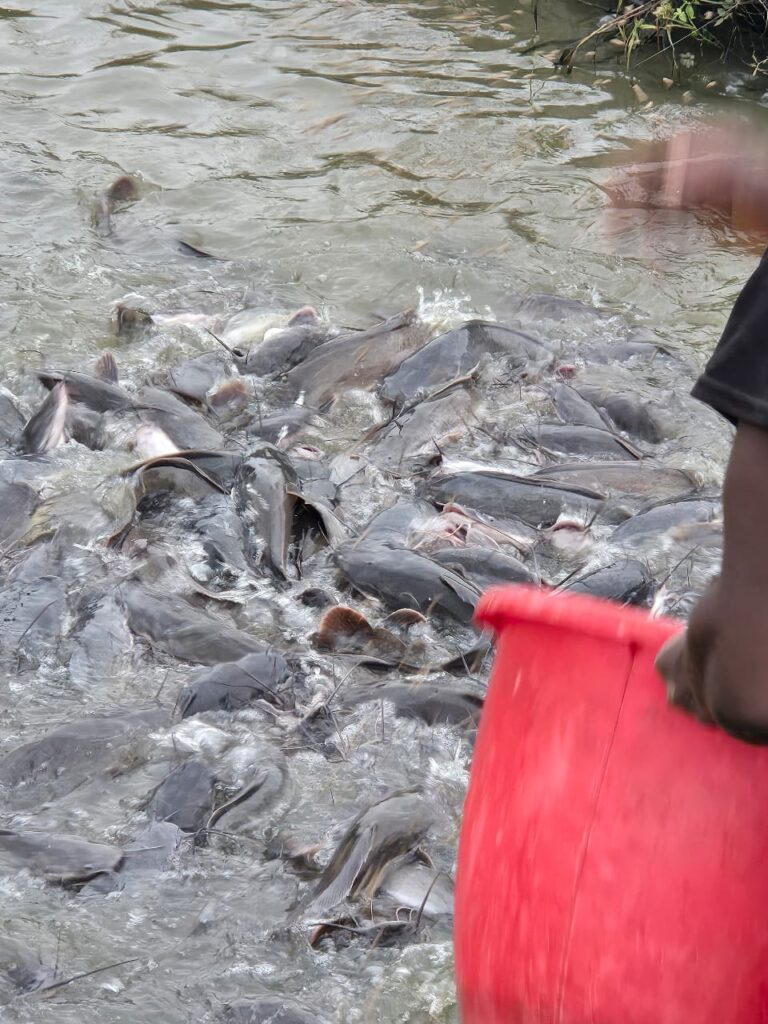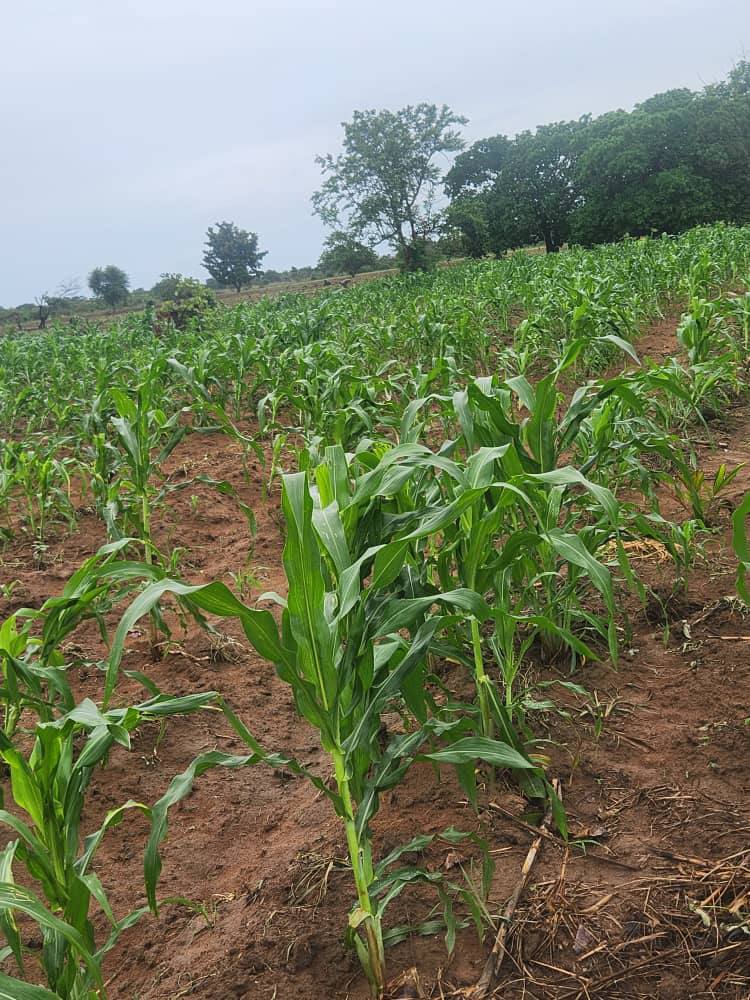Catfish farming is one of the fastest-growing and lucrative agribusinesses that provides a profitable income for farmers. The growing demand for catfish as an affordable and nutritional protein source has made this sector highly lucrative. Catfish need a nutritionally complete and balanced feed to grow fast and maintain good health. Fish feed is the major …
Catfish farming is one of the fastest-growing and lucrative agribusinesses that provides a profitable income for farmers. The growing demand for catfish as an affordable and nutritional protein source has made this sector highly lucrative.
Catfish need a nutritionally complete and balanced feed to grow fast and maintain good health. Fish feed is the major expense in fish farming because it approximately takes up 60-80% of the production cost. A potential solution to minimise the cost is for farmers to produce their own fish feed using locally available ingredients instead of buying from the market.
Farmers can formulate high-quality and cheaper feeds using the locally available raw materials, thereby reducing cost and at the same time using high-quality feeds.
In this article, we will walk you through floating catfish feed pellet production in Nigeria.
Raw materials for catfish feed pellets
1. Protein
This is one of the most important ingredients in fish feed formulation. This includes animal proteins and plant proteins. It helps to build the fish’s muscles and tissues. The protein requirements for fish feed vary due to the stage of growth. Young fish might require about 35-45% protein, while adults of the same species might only need about 25-35% protein in their feed.
Source: It can be obtained from either animals or plants. Examples of animal protein feed ingredients are fishmeal, blood meal, poultry meal, shrimp, etc.
Examples of plant protein feed ingredients are soybeans, groundnuts, and cottonseed meal.
2. Soybean meal
It is one of the major sources of protein in catfish feed formulation. It constitutes about 40% of the protein content in feed. Although it’s quite different from the one consumed by human beings.
3. Cottonseed meal
This ingredient can be used in place of about half the soybean meal in catfish feed. It contains about 41% protein.
4. Energy Supplements
This is also a very vital ingredient that should be added when formulating fish feed. Carbohydrate nutrients provide energy, reduce the use of protein for energy supply, and also help in binding the pellets together.
Source: Cassava, Maize (corn), Rice bran, Wheat, etc.
Maize is one of the major sources of energy used for feed formulation. It approximately takes up to 30% of the total diet.
5. Minerals and vitamins
These ingredients play a vital role in the growth, health, and strengthening of the teeth and bones of catfish. They also help to strengthen the fish’s immunity and prevent diseases.
Common sources of minerals include fishmeal, shellfish meal, bone meal, etc., while vitamins can be added through specialised vitamins, which can be obtained from organic and inorganic chemicals like vitamins A, B, C, D, and K.
6. Colourants
This is another important ingredient that should be added to the feed formulation for optimal feeding. Colourants are substances used in feed formulation to improve quality, enhance appearance, and make it more appealing to consumers.
Step-by-step process of floating feed pellet production
Below is a step-by-step guide to producing a floating feed pellet
1. Selecting and preparing raw materials according to the fish ingredients
The following raw materials should be clearly selected for feed pellet production. Raw materials like soybean meal, cottonseed meal, groundnut, rice bran, cassava, wheat, oils, minerals, etc.
2. Grinding raw materials
The grinding process is a very crucial step in making fish feed pellets. The raw materials need to be ground into powder form before producing feed pellets. The hammer mill machine is the most common machine used to crush raw materials into fine powder before the mixing and extrusion process.
This step is very crucial in producing high-quality floating fish feed because it ensures uniform size and high-quality fish pellets.
3. Mixing raw materials
This involves thorough mixing of powdery feed materials to form high-quality nutritional feeds. The machine used in mixing these raw materials is the fish feed mixer.
The fish feed mixer is essential equipment in feed formulation, used to thoroughly mix powdery raw materials, ensuring that fish pellets have the right proportion of nutrients, which is vital for fish growth and health.
4. Extrusion process
This is the process of cooking the mixture of fish feed ingredients under high temperature, high moisture, and high-pressure conditions by a fish extruder in order to improve the feed quality.
Extrusion is divided into two types: dry and wet extrusion.
- Dry extrusion
It is a process that adopts the heat from friction for warming materials and forcing materials to pass through a die hole and apply certain pressure. After extruding from the die hole, the pressure and moisture of the material will decrease so as to achieve the desired result of extrusion. It uses the dry-type feed extruder.
- Wet extrusion
This process is almost the same as the dry extrusion. However, this process involves the addition of water and vapour to increase the moisture up to 20%. It uses the wet-type feed extruder.
5. Drying
This process involves lowering the high moisture and temperature of fish feed pellets to achieve a stable and high-quality feed. A dryer is an essential component that is used to achieve this purpose. The best drying is obtained with low-temperature dryers (<80°C) and long drying times.
6. Oil Spraying
This process involves spraying a certain amount of oil on the surface of feed pellets coming out of the dryer.
Machines and equipment needed for feed pellet production
1. Grinder
This machine is used to reduce the particle size, enhancing mixing uniformity. The key equipment used for mixing are
- Hammer mills: This is a feed processing machine used to crush raw materials into fine powders before mixing and extrusion.
- Roller mills: This uses two pairs of rollers that spin against each other for grinding to crush the grains into smaller sizes and produce uniform particle sizes
- Disc mills: These are commonly known as grinding mills or disc mills, crushers which are specifically designed to crush and grind solid materials.
2. Conditioner
It is essential equipment used to gelatinize the starch, denature the protein, and soften the raw materials by heat and moisture treatment to keep high-quality pellets for fish feed.
3. Dryer
Freshly prepared pellets are hot and moist. A dryer is an essential equipment that uses circulating hot air to reduce the moisture content to a safe level, in which the floating feed pellets can be stored for a period of time without spoiling.
4. Cooler
This equipment is used to bring down the temperature of the pellets to room temperature before they are packaged in bags. This equipment helps to stabilise pellets and prevent sticking.
5. Packaging Machine
The floating feed pellets are finally packaged for storage and distribution. The feed pellets should be stored in a dry, well-ventilated, and cool place to ensure that the feed pellets are well preserved, and this helps increase the feed shelf lifespan.
Benefits of producing floating catfish feed locally
1. Making your fish feed pellets makes it possible for you to give the required nutritional composition to different fish species and at different life stages of farming.
2. It helps to cut down the huge amount of money spent on the purchase of feeds. Therefore, producing your own feed by following the right formulation can be cost-effective.
3. Producing your own feed makes it possible for freshly produced feed to be available most time. This can lead to faster growth and better health.
Frequently Asked Questions (FAQs)
Q: How do you know the quality of floating fish feed pellets?
A: The quality can be known by checking whether they can float stably on the water surface and not easily sink. High-quality feed pellets should be uniform in size, colour, hard, and free of a peculiar smell.
Q: Is it possible to use the machine to produce different types of fish feed pellets?
A: Yes, but different types of fish pellets require different techniques.
Q: What is the best way to store fish feed pellets?
A: Fish feed pellets should be stored in a dry, cool and ventilated place, avoiding moisture and high temperature.
Q: What is the most important equipment for making floating feed pellets
A: The most important equipment is the fish feed extruder, which serves the purpose of cooking the feed at high pressure.
Q: What are the common and cost-effective ingredients for fish feed production
A: The most common and cost-effective ingredients include Maize, soybeans, wheat bran, etc.
Q: Do I need a very big machine for floating feed pellets production
A: No, you do not. There is much affordable equipment designed for small-scale farmers to kick-start the production of feed pellets.
Conclusion
Feeding cost takes a very high percentage of the total operation cost in catfish farming. And in catfish farming, just like in any other business, the utmost goal is to minimise loss and maximise profit.
Therefore, producing your own floating feed pellets helps farmers reduce the cost of feeding and produce higher-quality feed pellets and more effective feeds for specific species and different life stages, which leads to more profit.
Whether you are a newbie or a professional in catfish farming, following this guide will help in the production of high-quality feed pellets at affordable prices.
If you don’t have the time or don’t want to make your fish feed yourself, you can contact us at Admumsho Nigeria Limited to order your feed pellets. We produce fresh, quality feeds and deliver nationwide, so location is not a barrier.
Contact Admumsho Nigeria Limited today to place your order and secure the best feed for your farm—or visit our distribution point in Ilorin to get started. Your farm’s success begins with the right feed, and Admumsho Nigeria Limited is here to deliver it.
